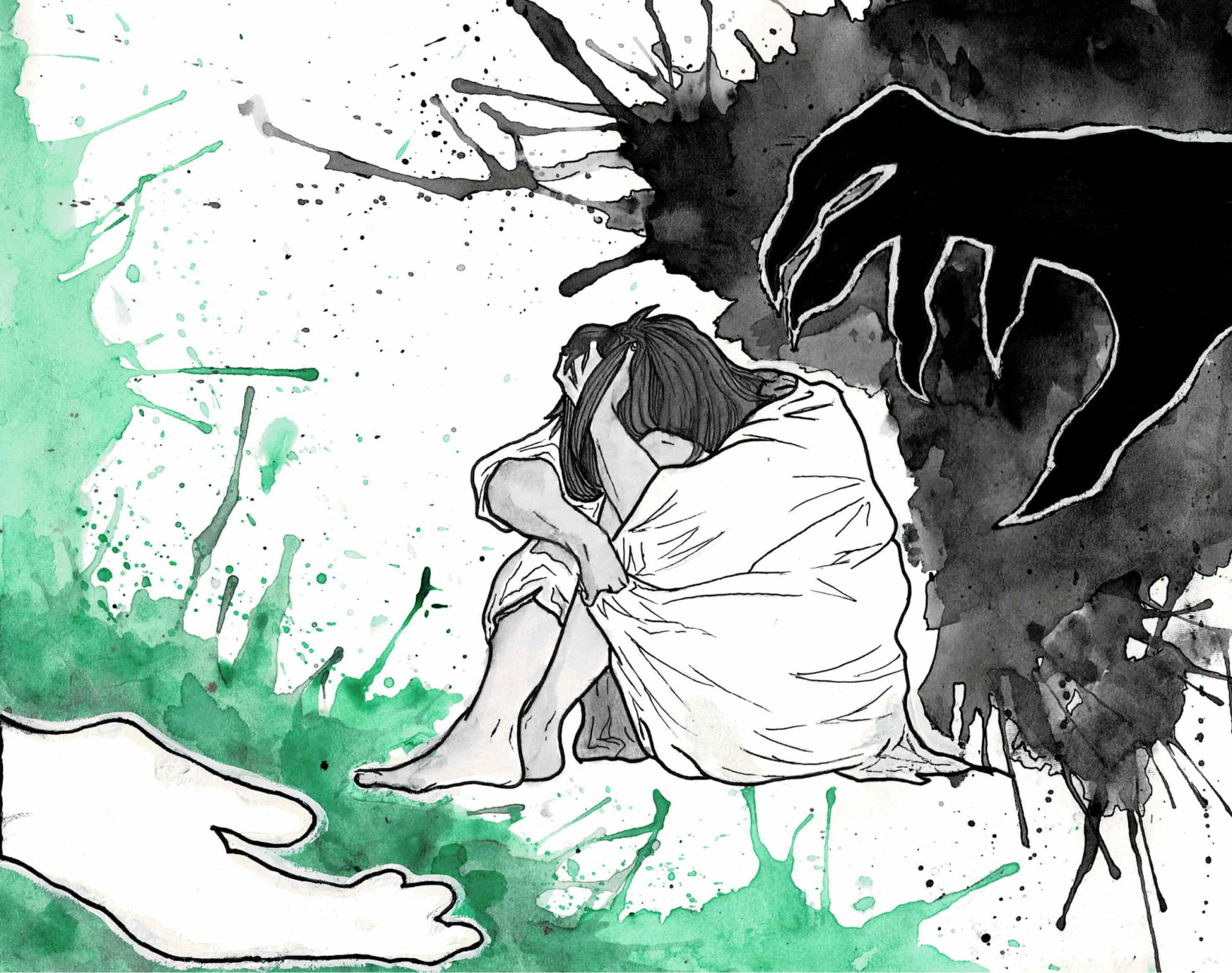In recent years, many high schools and universities have instituted programs to combat sexual violence. Some programs, such as Green Dot and Enhanced Access, Acknowledge, Act (EAAA) have been extremely impactful. Programs like these are exactly the kind of resource Berkeley High School(BHS) prides itself on, however they generally only have one to two days of training which is not enough. It is extremely important to support peer education programs such as these, but doing so should not mean students and staff are some how “off the hook” when it comes to effectively combating sexual violence in everyday life.
To understand the core issue, one needs to understand the purpose of the programs, and how they are different. Green Dot, for example, is a bystander intervention program that aims to reduce rates of interpersonal violence, which includes sexual assault, by mobilizing what they refer to as “active bystanders.” EAAA, on the other hand, is a sexual assault resistance program with the goal of helping people “resist” aquaintance sexual assault, as well identifying key risk factors to look out for.
Jasdeep Malhi, a coordinator and trainer of ambassadors at the Green Dot program at BHS confirmed the programs legitimacy. Malhi said, “If you can even stop one incident of … sexual [violence] from happening, imagine what that does for that person who then doesn’t have to experience it.” Its effect can literally be life-saving. Clearly, the Green Dot program has a strong personal impact on her, and on the people who utilize it.
Nevertheless, the Green Dot program has some limitations. Given the size of BHS, many people are not aware of resources such as Green Dot, and even fewer can identify the program’s ambassadors. This can be combated with the presence of merchandise, specifically pins for the backpacks of students, teachers, and administrators.
Still, the program has had its fair share of controversy. Critics of Green Dot argue that the program isn’t very practical, as it relies on bystanders that aren’t always present. EAAA has been critiqued as well. The programs objectors have accused the program of being anti-feminist, as they claim the program’s resistance training can spiral into victim blaming. Some of these points have been disproved, but it is worth noting that these programs are not perfect. Having only heard about the effectivity of these programs brings up a certain worry that the BHS community will now neglect personal responsibilities to battle against sexual violence.
Malhi pointed out that “... people should just know that it’s not acceptable to do these behaviors at Berkeley High. We are part of a community, and everyone one of us is someone’s loved one.”
We are extremely privileged to have resources such as these at our disposal, but relying on a program to do the hard work for us will not benefit the masses. Our communities need allyship, support, and determination to seek out justice.
Participating in the Green Dot training is a fantastic way grow a better understanding of sexual violence on and off campus, and learn how to aid your fellows through difficult times and unfortunate circumstances, but the fight must not end there.





